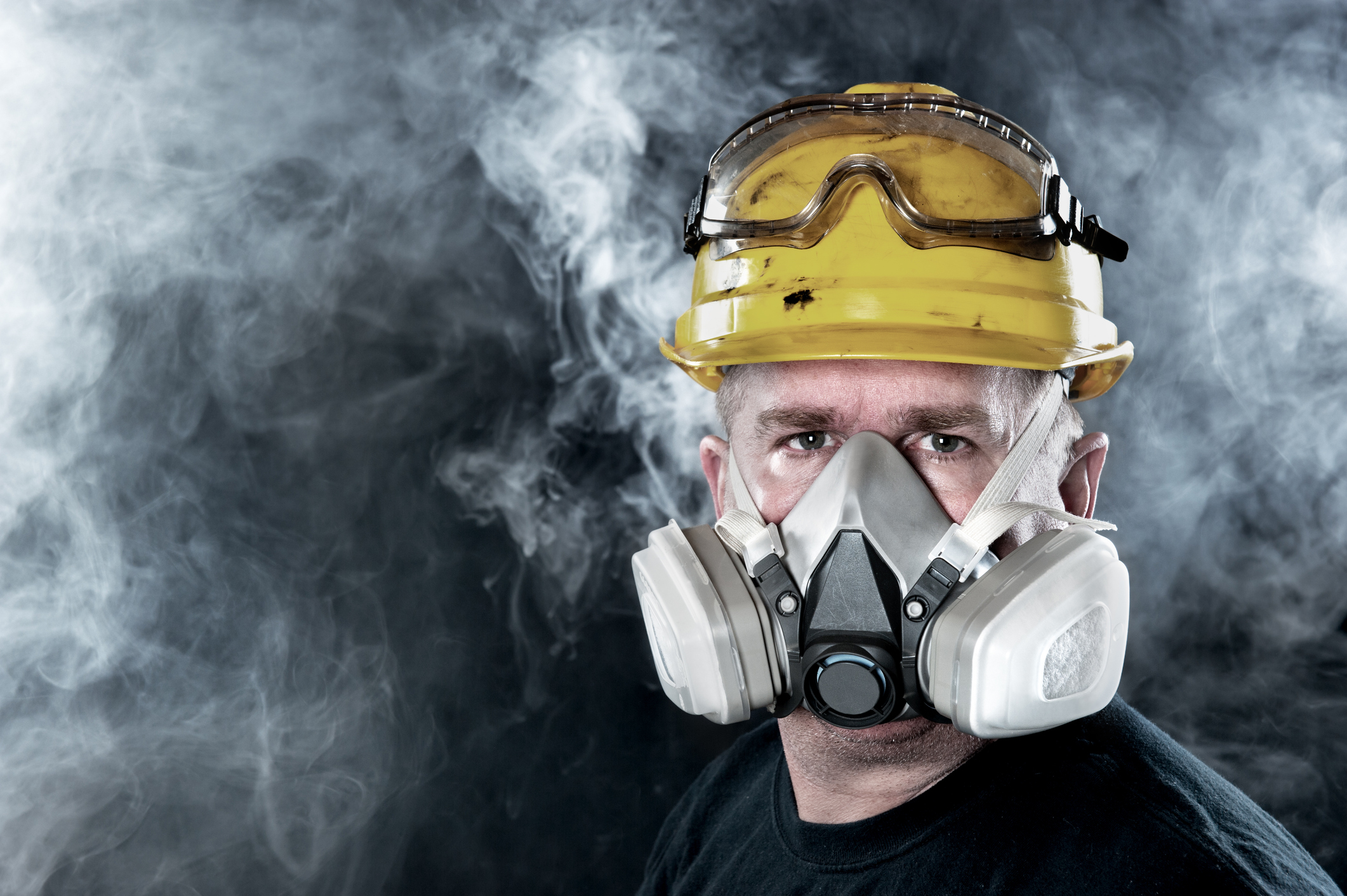Hierarchy of Controls for COVID-19
The best way to control a hazard is to systematically remove it from the workplace, rather than relying on workers to reduce their exposure. During an outbreak of infectious disease, when it may not be possible to eliminate the hazard, the most effective protection measures are listed from most effective to least effective.
Engineering Controls
Engineering controls involve isolating employees from work-related hazards. In workplaces where they are appropriate, these types of controls reduce exposure to hazards without relying on worker behavior and can be the most cost-effective solution to implement. Engineering controls for infectious disease include:
- Installing high-efficiency air filters
- Increasing ventilation rates in the work environment
- Installing physical barriers, such as clear plastic sneeze guards where feasible
- Installing a drive-through window for customer service
- Specialized negative pressure ventilation in some settings, such as for aerosol generating procedures
Administrative Controls and Safe Work Practices
Administrative controls require action by the worker or employer. Typically, administrative controls are changes in work policy or procedures to reduce or minimize exposure to a hazard. Examples of administrative controls for infectious disease include:
- Encouraging sick workers to stay at home
- Replacing face-to-face meetings with virtual communications and telework if feasible
- Establishing alternating days or extra shifts that reduce the total number of employees in a facility at a given time
- Discontinuing nonessential travel to locations with ongoing infectious disease outbreaks
- Developing emergency communications plans, including a forum for answering workers’ concerns and internet-based communications, if feasible
- Providing workers with up-to-date education and training on risk factors and protective behaviors (e.g., cough etiquette and care of PPE)
- Training workers who need to use protecting clothing and equipment how to put it on, use/wear it, and take it off correctly, including in the context of their current and potential duties.
- Provide tissues, no-touch trash cans, hand soap, alcohol-based hand rubs containing at least 60% alcohol, disinfectants, and disposable towels for workers to clean their work surfaces
- Requiring regular hand washing or using of alcohol-based hand rubs. Workers should always wash hands when they are visibly soiled and after removing any PPE.
Personal Protective Equipment
While engineering and administrative controls are considered more effective in minimizing exposure to infectious diseases, PPE may also be needed to prevent certain exposures. While correctly using PPE can help prevent some exposures, it should not take the place of other prevention strategies. Examples of PPE include:
- Gloves
- Goggles
- Face shields
- Face masks
- Respiratory protection, when appropriate
Keeping Personal Protective Equipment clean and disinfected during an infectious disease outbreak is no easy task. Click here to view, download, and print, NASP’s infographic on how to keep PPE disinfected during this COVID-19 pandemic.
Blog Posts
Latest Posts
Related Posts




